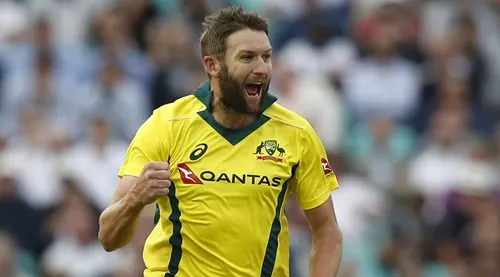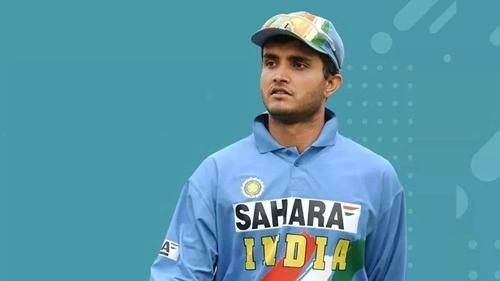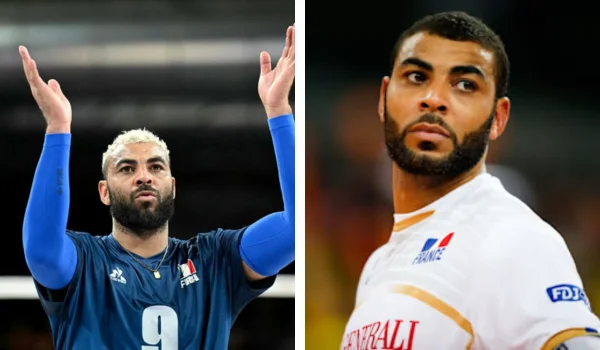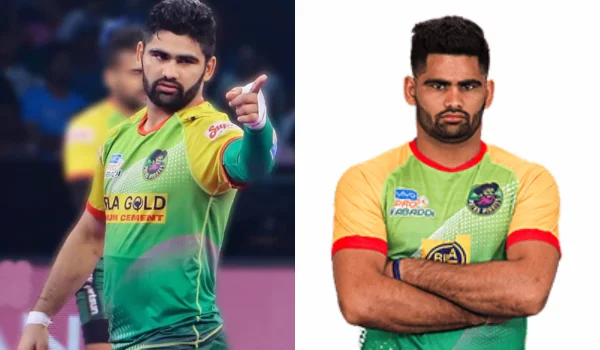The Indian Premier League (IPL) is more than just a cricket tournament — it’s one of the world’s most successful business ventures in the sports industry. Since its inception in 2008, the IPL has revolutionized how sports are marketed, consumed, and monetized in India. With billions in revenue and a global fan base, the IPL has become a case study in sports economics and entertainment marketing. Let’s take a closer look at how India’s biggest sports league makes its money and sustains its massive commercial ecosystem.
Broadcasting Rights: The Primary Revenue Engine
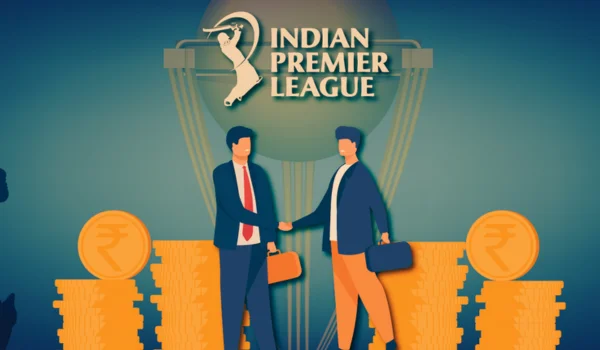
The biggest chunk of IPL’s income comes from broadcasting rights. In India, cricket is not just a sport — it’s a religion, and television networks pay huge sums to secure the right to air matches.
Between 2023 and 2027, the IPL’s media rights were sold for a record ₹48,390 crore, divided between TV and digital streaming platforms. Star India (Disney) holds the TV rights, while Viacom18 secured the digital streaming rights for JioCinema.
Here’s how it works: broadcasters pay the BCCI (Board of Control for Cricket in India) an agreed amount over the contract period. In return, they earn money through advertisements and sponsorships aired during live matches. Since each match attracts millions of viewers, ad slots can cost several lakhs per 10 seconds, making broadcasting a goldmine for both the network and the league.
Franchise Fees and Team Ownership
When the IPL was launched, the BCCI auctioned the right to own and operate teams to private investors and companies. Each franchise pays an annual fee to the BCCI, usually around 10% of its revenue, depending on contract terms.
In recent years, the value of IPL franchises has skyrocketed. For instance, the Lucknow Super Giants were bought for over ₹7,000 crore, and Gujarat Titans fetched ₹5,625 crore. These valuations show how team ownership has become a high-value investment opportunity, driven by sponsorships, merchandise sales, and fan engagement.
Franchise owners also earn revenue from local sponsorship deals, merchandise, ticket sales, and a share of central revenue distributed by the BCCI.
Central Sponsorships and League Partnerships
Every year, the IPL signs major sponsorship deals with brands that want to associate with the league’s massive audience. For example, the title sponsor — previously Vivo and Tata — pays hundreds of crores annually for naming rights.
In addition, the IPL partners with multiple “official” sponsors such as Dream11, Unacademy, Paytm, and CEAT. These sponsorships contribute significantly to the central revenue pool, which is later shared among all franchises.
For brands, IPL sponsorship means instant visibility across millions of screens and stadiums. For the league, it means consistent and predictable revenue streams.
Ticket Sales and Matchday Revenue
Although broadcasting and sponsorships are the IPL’s major income sources, ticket sales remain an important revenue stream. Every franchise manages ticketing for home matches, with prices ranging from affordable to premium VIP packages.
In high-demand matches like Mumbai Indians vs Chennai Super Kings, stadiums often sell out within hours, generating crores in ticket revenue. Food stalls, merchandise booths, and in-stadium branding add to the matchday earnings.
The growing number of modern stadiums and corporate hospitality boxes has also enhanced the IPL’s matchday income potential.
Merchandising and Licensing
From jerseys to caps and collectible memorabilia, merchandise has become a profitable arm of the IPL business. Teams collaborate with sportswear brands like Puma, Adidas, and Nike to sell official merchandise.
The BCCI and franchises also license their logos, team names, and branding for use in video games, fantasy leagues, and other products. These licensing deals help maintain fan engagement throughout the year, not just during the tournament months.
Digital and Social Media Monetization
The IPL’s digital strategy has been one of its strongest assets. Millions of fans engage daily on platforms like YouTube, Instagram, and X (Twitter). Streaming on platforms such as JioCinema has further expanded monetization through online ads, premium subscriptions, and digital partnerships.
This digital dominance has helped the IPL reach audiences in smaller towns and overseas markets. According to https://www.businessscroller.com/, the league’s digital advertising revenue has grown exponentially, with tech-based fan engagement becoming a crucial revenue stream.
International Expansion and Brand Value
The IPL’s brand value has been estimated at over $10 billion, making it one of the most valuable sporting leagues globally. Its format has inspired other cricketing nations to start their own leagues, but none have matched the IPL’s commercial success.
The BCCI has also started exploring international matches and collaborations, potentially opening new markets for broadcasting and sponsorships. For investors, this global reach translates into higher brand visibility and long-term growth opportunities.
Revenue Distribution Model
The IPL’s financial success depends on an equitable distribution system. The total revenue from broadcasting and central sponsorships forms a central pool. Approximately half of it is shared among the franchises, while the rest goes to the BCCI and state cricket associations.
This ensures every team — whether successful or not — benefits from the league’s overall financial growth, maintaining balance and competitiveness.
Conclusion
The IPL is a perfect blend of sport, entertainment, and business innovation. Its revenue model combines media power, brand partnerships, digital engagement, and fan loyalty into one cohesive system. The league not only enriches franchises and players but also fuels India’s growing sports economy.
As highlighted on businessscroller.com, the IPL’s success is a testament to how smart business planning, legal structuring, and media management can transform a national sport into a billion-dollar global phenomenon. In essence, the IPL isn’t just cricket — it’s a masterclass in sports entrepreneurship.

